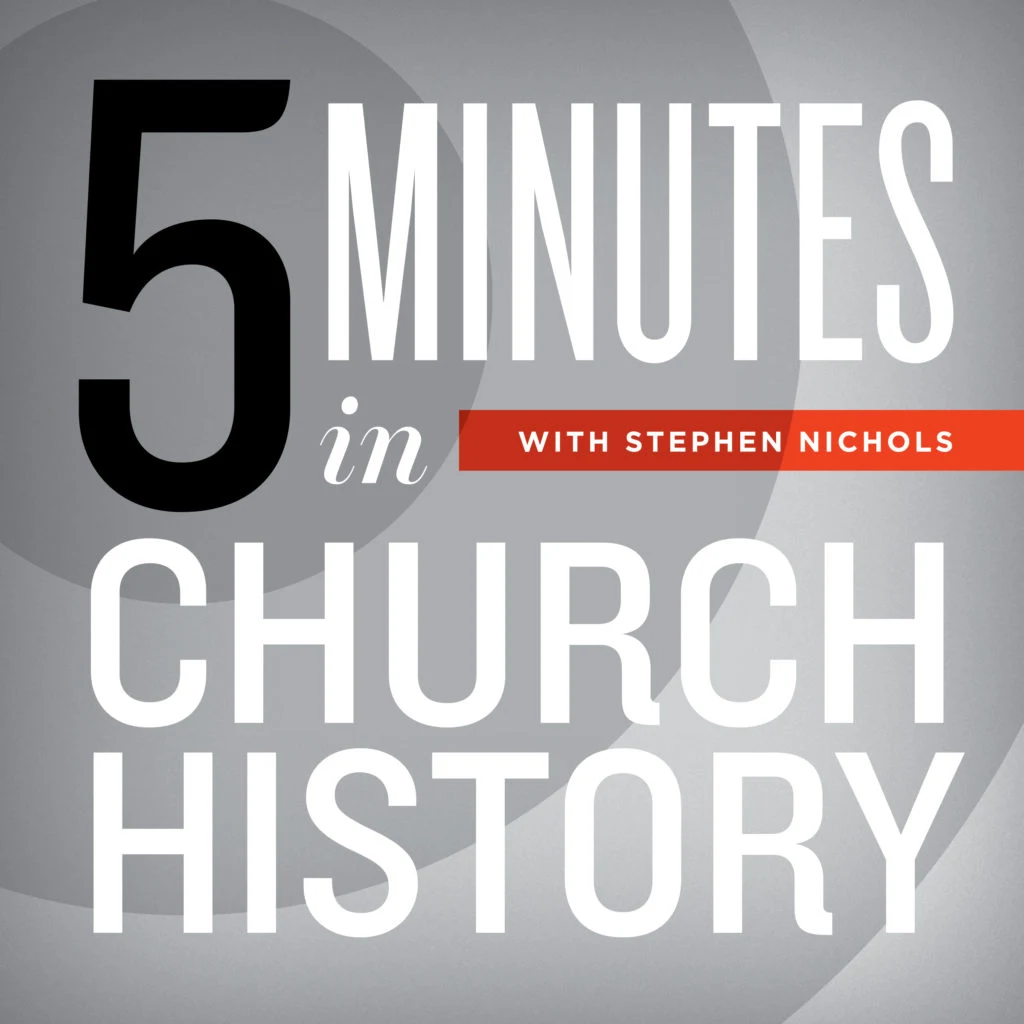The Thirty Years' War

One of the results of the Protestant Reformation was the upheaval that spread throughout Europe in the sixteenth and the seventeenth centuries. And perhaps nowhere was that upheaval felt more acutely than in the Thirty Years' War.
The Thirty Years' War was many decades in the making, and it ran from 1618 to 1648. It was severely destructive—not only in terms of the loss of life and the disruption of civic order, but also in terms of financial devastation for many of the lands and many of the peoples whose lives it affected. Estimates of the toll of the war vary, but in many of the German lands, for instance, anywhere from twenty-five to forty percent of the population died. The deaths came either as a direct result of warfare or as a consequence of pestilence or starvation.
The roots of the conflict can be found in the 1520s in Germany. As the Lutheran Reformation spread, disputes broke out between Lutheran and Catholic lands. The Peace of Augsburg in 1555 settled the matter by allowing rulers to choose the religion of their respective lands. But tensions remained and were heightened during the breakup of the Holy Roman Empire, which had great effects on the lands in and around Germany.
Events came to a head in Prague in 1618. Archduke Ferdinand II, a staunch Catholic, raised and trained by Jesuits, was heir to the crown of Bohemia (in modern-day Czech Republic). The people of Bohemia did not like this; they were very Protestant. They were Hussites, followers of the teachings of Jan Hus. Hus lived a century before the Reformation and his followers continued to thrive in Prague two centuries later. The Bohemian nobility didn't care for Ferdinand either and didn't want him as their king.
And so, in 1618, a group of Hussites threw two emissaries from Ferdinand out of a window after a dispute, an event known as the Defenestration of Prague. This event precipitated the Thirty Years' War. Soon France would enter, Spain would enter, and the Dutch would get involved through Germany. England also would be involved. The war then ripped through Europe for the next thirty years before ending with the Peace of Westphalia in 1648.
One episode from the Thirty Years' War concerns the Huguenots. The Huguenots were a group of French Protestants, and they were severely persecuted in majority-Catholic France. Around 1620, they began to form militias to defend themselves. Initially, they received aid from England—from King James I and then King Charles I after James' death in 1625. But later, that aid was withdrawn and the Huguenots found themselves very much alone, and they were simply crushed by the monarchy.
In many ways, the Huguenots' plight became a symbol of the Thirty Years' War itself. As the war progressed, opportunities arose for the monarchs and rulers not to bring about religious harmony through debate and discussion—as happened at Augsburg—but through oppression and military force. And that force was brought to bear on the Huguenots in France.
Recent Episodes
A Little Church History of a Middle Colony: Early Influences
December 10, 2025|American Church History
Gunpowder and a Proclamation
December 3, 2025|Geographical Perspectives
Thanksgiving in Church History
November 26, 2025|American Church History
3 Sermons on the Hallelujah Chorus
November 19, 2025|General Church History
Charles Jennens’ Libretto
November 12, 2025|General Church History
Cyprian of Carthage: Crisis in the 3rd Century
November 5, 2025|General Church History
